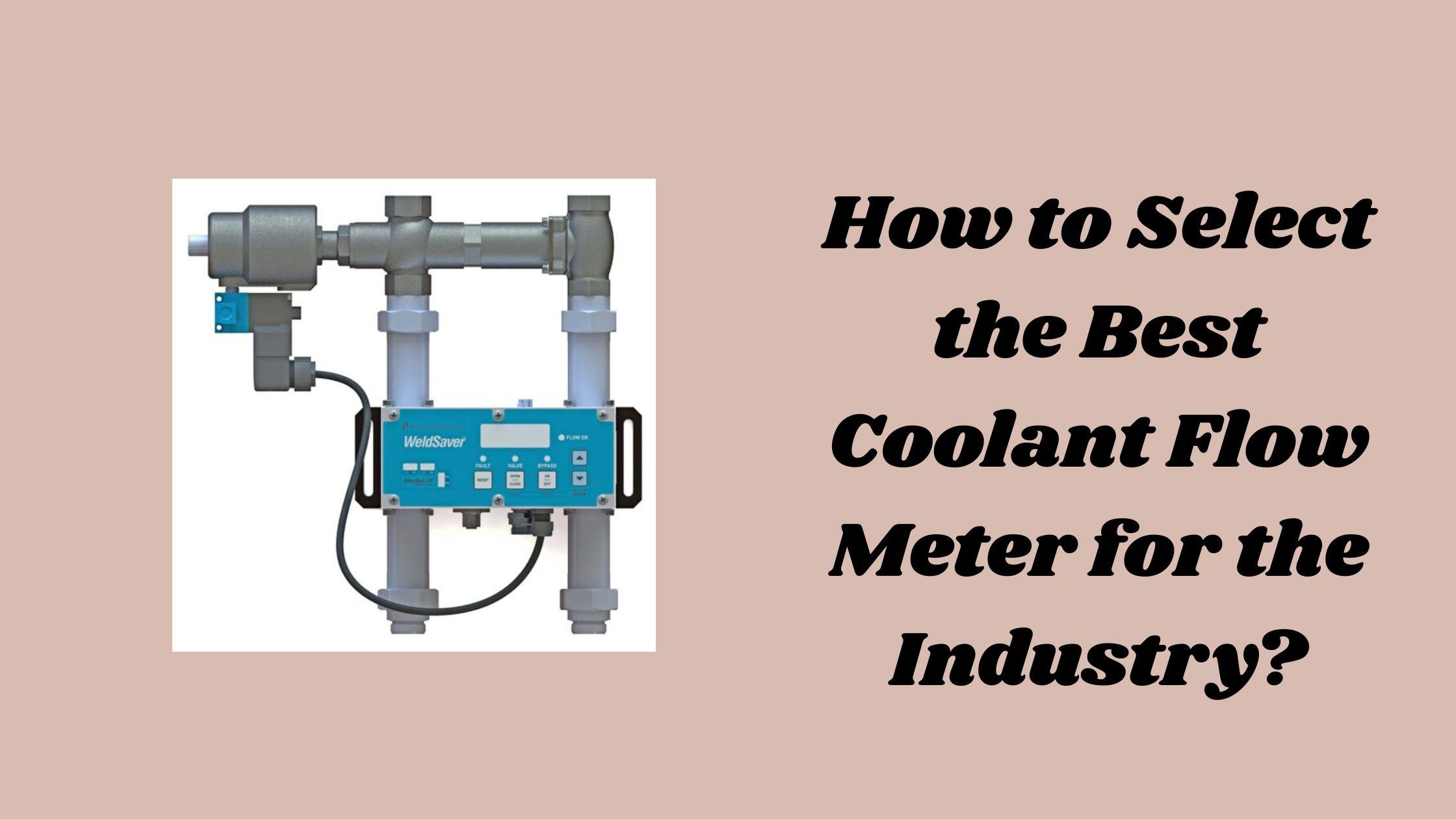A coolant flow meter is a critical device to measure the rate at which coolant circulates within a system. These meters are essential in industrial and automotive environments where thermal management is crucial. Accurate flow monitoring helps prevent overheating, protects equipment from damage, and boosts overall operational efficiency. Whether it’s a machine cooling system, manufacturing line, or industrial cooling setup, selecting the best coolant flow meter ensures safe and effective system performance.
This guide explores how coolant flow meters function, what factors influence their selection, and how to choose the most suitable model for your specific application.
How Do Coolant Flow Meters Work?
Coolant flow meters measure the volume or velocity of coolant—such as water, glycol solutions, or oil-based fluids—passing through a cooling circuit. Depending on the technology used, they operate in several ways:
- Mechanical Meters: Use moving parts like turbine blades to detect flow.
- Electromagnetic Meters: Measure voltage induced by fluid movement.
- Ultrasonic Meters: Utilize sound waves to calculate flow rate.
- Thermal Mass Meters: Detect changes in temperature to measure fluid movement.
Each method has specific strengths depending on the fluid type, system complexity, and measurement accuracy required. Matching the meter type with the coolant's properties and the system's design is essential for reliable performance.
Key Factors to Consider When Selecting a Coolant Flow Meter
When choosing a flow meter, several important factors must be evaluated:
1. Coolant Compatibility
Ensure that the flow meter materials are chemically compatible with your coolant. Incompatible materials can corrode, degrade, or provide inaccurate readings.
2. Flow Rate Range
Select a meter capable of measuring the full range of flow rates expected in your system. Accuracy across low and high flow conditions is vital for dependable performance.
3. Environmental Conditions
Consider the operating temperature, pressure, and installation environment. The flow meter must function reliably under your system’s specific conditions.
4. Measurement Accuracy
Based on your application's needs, choose the appropriate level of precision. High-performance systems may demand greater accuracy, while simpler setups may tolerate small variations.
5. Fluid Viscosity and Debris
Coolants with high viscosity or particulate content can obstruct certain meter types. In such cases, non-intrusive options like clamp-on ultrasonic meters are more effective.
Digital vs. Analogue Flow Meters: Which Is Better?
The choice between digital and analogue coolant flow meters depends on your system’s monitoring requirements:
- Digital Flow Meters: Offer real-time data monitoring, remote access, and integration with automated control systems. They are ideal for complex operations requiring advanced diagnostics.
- Analogue Flow Meters: Simpler and more affordable. They are best suited for straightforward systems where basic monitoring is sufficient.
Digital meters provide better functionality if your application demands frequent data analysis and remote monitoring. However, analogue models are perfect for cost-sensitive applications with minimal control requirements.
Installation and Maintenance Tips
Installation and maintenance impact long-term usability:
- Non-invasive or Clamp-on Meters: Easy to install without disrupting system operation—ideal for retrofitting or minimizing downtime.
- Durability: Look for robust models that withstand high temperatures, pressure, and chemical exposure.
- Maintenance Needs: Some meters require regular calibration or cleaning, while others are nearly maintenance-free.
- Accessibility: Choose a design that allows easy servicing and replacement of parts.
Also, ensure that technical support and spare parts are readily available to minimize downtime during maintenance.
Balancing Performance and Cost
While high-end coolant flow meters may involve higher upfront costs, they often yield better long-term ROI:
- Enhanced accuracy reduces errors and waste
- Smart diagnostics aid in predictive maintenance
- Improved system uptime boosts productivity
- Lower energy and repair costs over time
Investing in a premium flow meter is justified for high-precision applications. A basic yet reliable model may be sufficient for stable, low-demand systems.
Benefits of Choosing the Right Coolant Flow Meter
Selecting the right meter provides numerous advantages:
- Accurate flow measurement prevents overheating and improves system performance
- Leak and blockage detection reduces repair costs and downtime
- Improved energy efficiency via optimal coolant usage
- Enhanced equipment lifespan through better temperature control
- Operational safety and lower maintenance costs
Conclusion
Choosing a coolant flow meter isn’t a one-size-fits-all decision. It requires a detailed understanding of your system’s specifications, the type of coolant used, and your desired level of accuracy. Factors such as compatibility, flow range, environmental conditions, and meter type (digital vs. analogue) should guide your selection process.
Considering installation needs, maintenance expectations, and budget constraints, you can choose a coolant flow meter that supports safe, efficient, and long-lasting system operation. The right decision ensures accurate monitoring, protects valuable equipment, and enhances productivity across various cooling applications.

